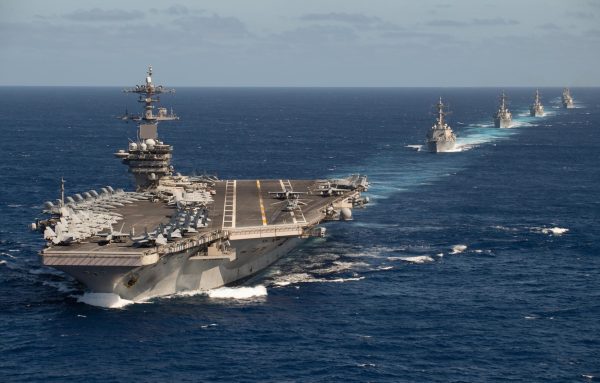Understanding The Chain of Command — Aircraft Carrier Commander Relieved
The military is an organization designed to operate under the most trying situations — combat with America’s enemies. It is a hard warrior culture.
Men are given command of meaningful warfighting assets — aircraft carriers, fighter wings, divisions, landing forces — within a chain of command that goes both up (superiors) and down (subordinates).
Any commander knows this reality when they receive command — they are given it by their immediate superior.
When I commanded a combat engineer company, the battalion commander handed me the company guidon and empowered me to run the unit within the guidelines of his orders.
I knew the deal. He knew the deal.
If I had a question, I asked the battalion commander. If he wanted me to do something, he gave me an order and I then passed it along to my platoon leaders, the first sergeant, and the men. We then accomplished the assigned mission.
If I had a beef with the battalion commander, I was welcome to state it, but once he made a decision, I saluted and carried out the order. If I did not accomplish the mission or if I refused to undertake the order, I expected to be relieved.
The Army, the military, only works in times of distress if and only if subordinates carry out the orders of their superiors.
A subordinate commander has a responsibility to inform his superior as to the status of any mission on a continuing basis.
The Army mantra is: Shoot, Move, Communicate.
The Aircraft Carrier
The USS Theodore Roosevelt is one of ten of Nimitz-class nuclear powered aircraft carriers. It is at the core of an attack carrier group and is a powerful extension of American force.

